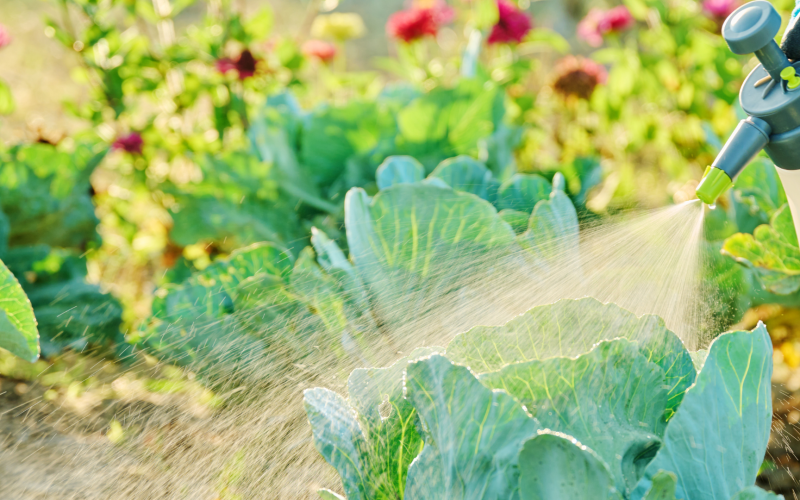Article by Geoffrey Njue, former SDSU Extension Specialty Crops Field Specialist.
February is a good time to start pruning your fruit crops. Pruning is one of the most important cultural practices in growing apples and other fruit crops. It is important to prune your fruit trees at the right time to avoid the risk of damage to the crop. The ideal time to prune most fruit trees is anytime between February and April. Avoid pruning early in the winter because this may cause severe winter injury to the trees. To avoid injury if the extended weather forecast is calling for temperatures below 0°F, stop pruning the trees for three to four days before the cold spell. Wait two to three days after the temperature is above 10°F to resume pruning.
Proper training and pruning are essential for the development of productive fruit trees. The main objective of pruning is to open up the tree canopy to maximize light penetration and allow air movement through the tree. Light penetration is important because flower buds for the current season’s crop are formed the previous summer. Light is essential for flower bud formation and also affects fruit set and fruit quality. Fruits should be exposed to bright light every day during the growing season. Heavily shaded fruit is small, less-colored and not as sweet as the same fruit exposed to light. Opening up the tree canopy is important because it permits adequate air movement, which promotes rapid drying after rains to minimize disease infection and also allows thorough pesticide penetration.
Pruning helps to maintain the structure and form of the tree and also helps to maintain the size of the tree. Severe pruning upsets the tree balance and results in over-stimulating the growth of water sprouts or suckers, which cause excessive shading and affect fruit color and delay maturity. It is best to prune lightly or moderately every year. Do not remove more than 30% (or 1/3) of the wood in any given year. With proper annual pruning you can avoid excessive pruning and cuts of more than 2 inches in diameter.
When you prune, make clean cuts at the outer edge of the collar that forms where the branch joins the parent limb. This will minimize healing time for the pruning wounds. When reducing a branch length make thinning cuts and not heading cuts. Thinning cut is the removal of the entire shoot back to a side shoot. Heading cutting is the removal of only a terminal portion of the shoot. This encourages excessive growth behind the pruning cut. If you have dead or cankered branches on your trees, disinfect pruning tools between cuts to prevent chances of spreading fire bacteria from infected trees.
PRUNING STEPS

- Remove dead, broken, or diseased branches.
- If the tree is taller than you want, reduce the height by cutting the leader (if you have central leader or modified leader-trained trees) back moderately to a well-developed horizontal branch.
- Remove fast growing upright branches (water sprouts) and branches that cross and rub.
- Prune branches that hang down or grow upright.
- Eliminate branches that make narrow crotch angles to prevent splitting under heavy crop load.
- Reduce the spread of the upper limbs to allow more sunlight penetration to reach the lower limbs for more fruitfulness.
- Prune moderately annually and do not remove a branch unless there is a good reason for doing so.


